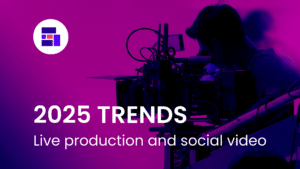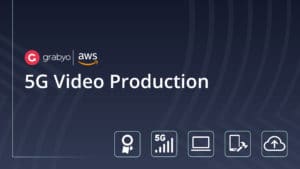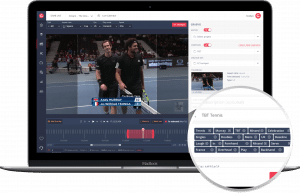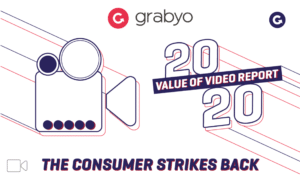How cloud video production is changing media and broadcast in 2020
Here are the key takeaways from our new 2020 Cloud Video Production White Paper.
The way consumers watch video has radically changed. For decades, linear TV viewing dominated across households everywhere. But today it’s OTT, mobile and social platforms that are becoming the media destinations of choice for consumers of all ages.
Media companies must now design their video strategies to be all-encompassing. Broadcasters and publishers need to repurpose linear TV content for multiple digital platforms, optimized for viewing across a range of devices, to extend their reach and stay relevant.
Yet there are challenges in distributing linear TV content to digital platforms. Traditional broadcast infrastructure and systems aren’t suited to digital distribution, they require complex, high-cost workflows that restrict the potential of digital content and product innovation.
Our new 2020 Cloud Video Production white paper addresses these challenges and explores what it means to be truly cloud-based, ensuring video production workflows can be future-proofed to meet the needs of a connected audience in the 21st century.
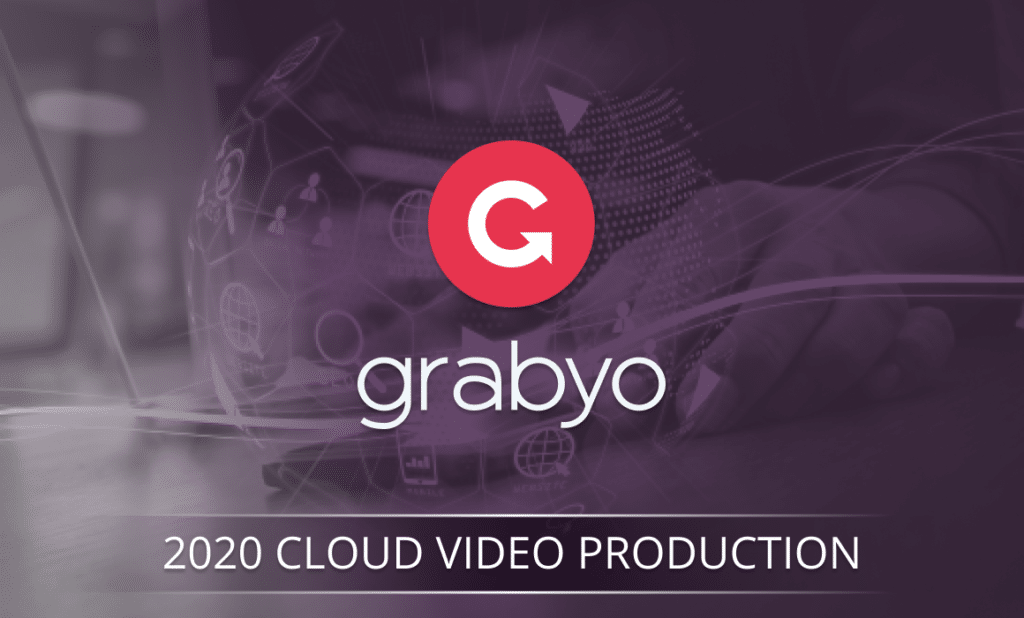
Long-term investment, and return
The transition to cloud technologies has been happening for many years across all business sectors, but for most media organisations cloud-based workflows exclude video production.
Our whitepaper examines the business benefits of cloud-based production vs. traditional hardware and software: Low upfront cost and flexible pricing.
Investing large amounts for production hardware and software is problematic, especially when more agile solutions are now available. Single-purchase equipment has a short upgrade cycle, coupled with a large upfront cost, which results in regular high expenditure for the business.
Cloud-based solutions are delivered as software-as-a-service (SaaS) platforms, which often operate on a ‘pay as you use’ or subscription model. Publishers use what they need with agile scaling, while cloud-based platforms have an automated upgrade cycle, with functionality upgraded regularly at no extra expense.
Modern technology for the modern workforce
Our white paper also explores an issue highlighted by the COVID-19 health pandemic: The working life of today is unpredictable. In order to thrive, the modern workforce requires flexibility.
Cloud video production tools can be accessed anywhere, at any time, on almost any device. Video teams can work from the most optimal location for them, and collaborate effectively across the world. Businesses are able to promote a positive company culture while looking after employees.
A robust remote-working strategy also removes many barriers to recruitment and talent acquisition, which presents a distinct competitive advantage for publishers.
Reaching digital audiences in a meaningful way
Within the paper, we’ve used some of our own, original data to highlight key video consumption habits in 2020.
We surveyed over 13,000 consumers across 11 countries spanning Europe, the Americas and Asia on their viewing preferences at the beginning of this year.
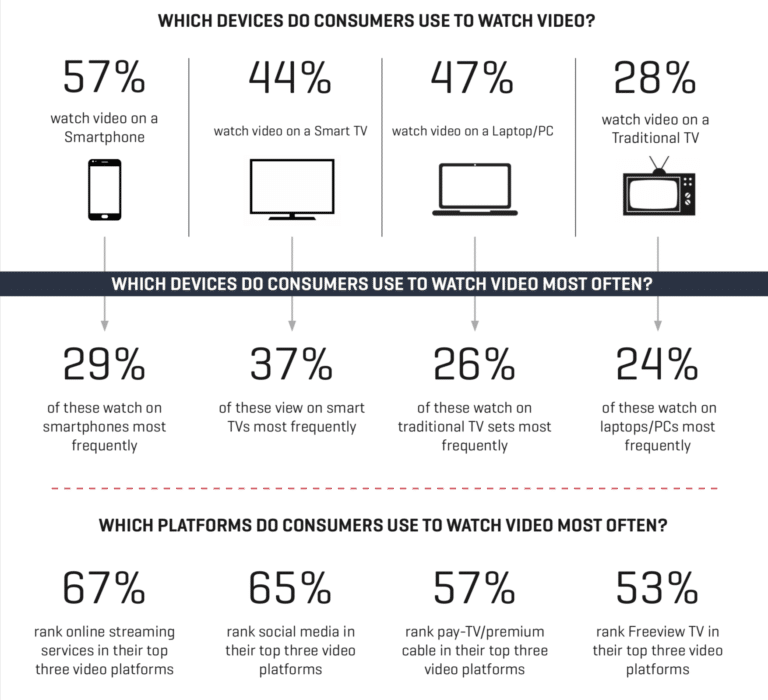
Our data shows that less than a third of consumers watch video on a traditional TV. Video consumption is dominated by connected devices, OTT platforms and social media.
What does this mean for video publishers, and their production workflows?
Traditional production set-ups were not designed with digital media in mind. Digital platforms are fast-paced – both in quantity of content and availability.
Engaging audiences on social media and mobile apps requires a constant output of high-quality content. The competition for eyeballs is unrelenting, so publishers need to be consistent, and at speed.
At the same time, consumers expect to be able to watch content on whichever platform and device they prefer. Multi-platform strategies are the most successful because focusing on just one channel will greatly reduce the reach of content. Once new content is created, often it needs to be repurposed, reformatted and distributed across various platforms, optimized for its destination.
Using traditional equipment, this process is repetitive and slow. Cloud-based production tools are built with this capability at their core, and publishers are able to produce and deliver content at scale.
For more information, please download our new 2020 Cloud Video Production White Paper here. Or to talk to us about how we can help you action these insights, contact us at hello@grabyo.com.
Related blogs
Stay in touch.
Join over 10,000 media professionals and register to receive our monthly newsletter directly to your inbox!

